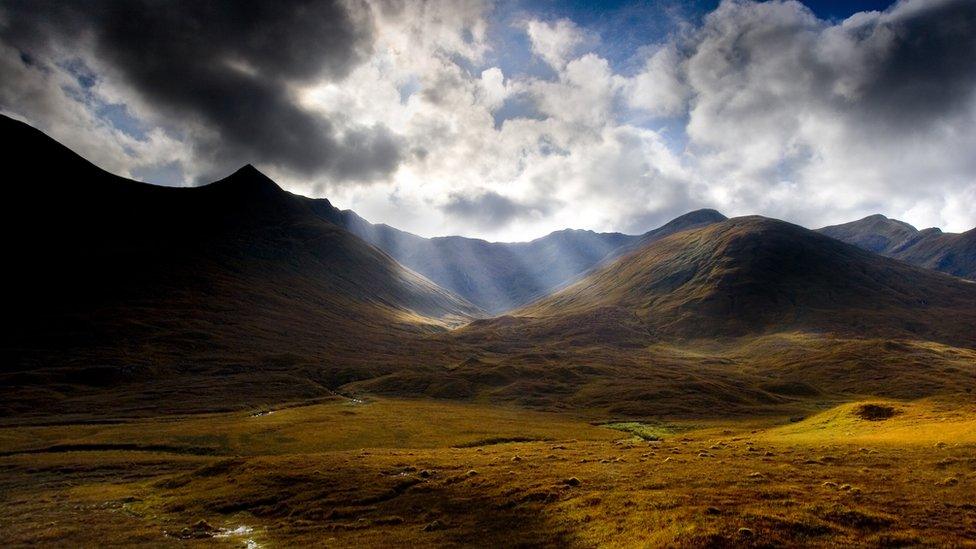Planting more trees 'could lead to species loss'
- Published
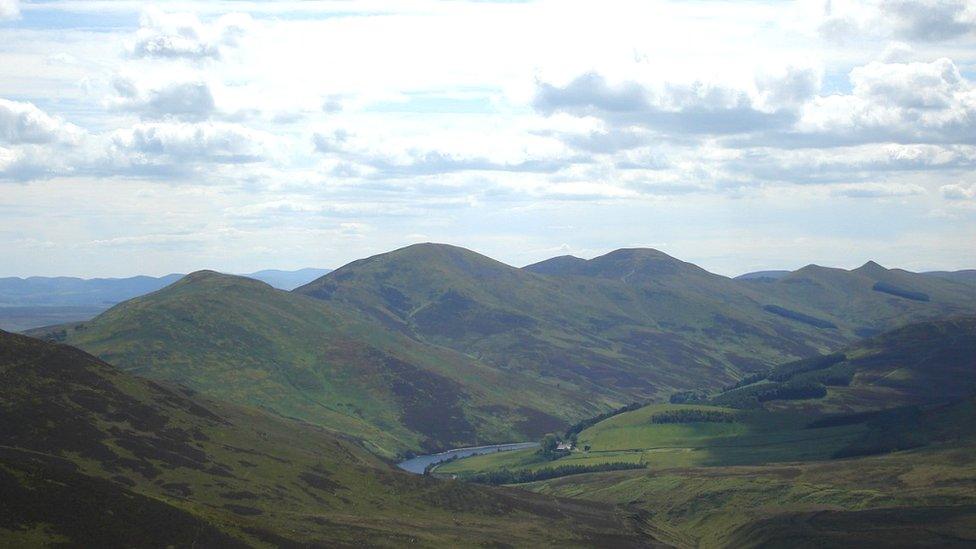
More than 900 species of animals, insects and plants have been recorded in the Pentland Hills, on the outskirts of Edinburgh, which is predominantly sheep farms
Many species and habitats will be lost if a lot more trees are planted in a bid to reverse climate change, a natural heritage officer has warned.
Victor Partridge, who looks after the Pentland Hills, said we must be careful not to destroy important habitats that have formed since deforestation in Scotland thousands of years ago.
He said many species now thrived in the open space of moors and farmland.
He said 97 insect species alone have been recorded in the Pentland Hills.
In total, more than 900 species of animals, insects and plants have been recorded in the upland area, on the outskirts of Edinburgh, which is predominantly sheep farms.
Ground nesting birds, stoats, weasels, cuckoos, long eared owls, short eared owls are all found in the Pentlands, which is about 20 miles (32 km) in length, and runs south west from Edinburgh towards Biggar and the upper Clydesdale.
These animals require open space to hunt and nest.
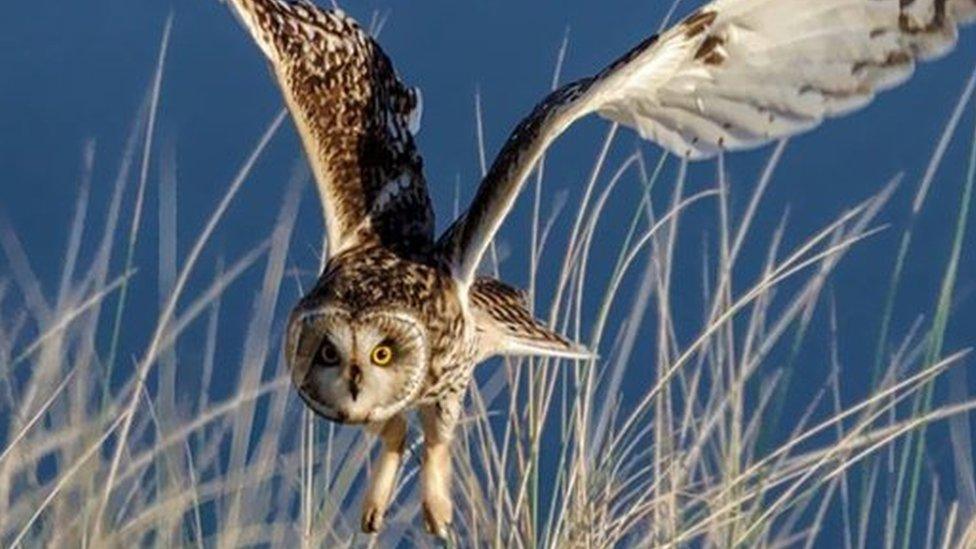
Short-eared owls need open areas to hunt
Early farming in Scotland was recorded 3,900 years ago.
In many areas settlers burned the heath and resinous pinewoods to encourage fresh growth of heather for their stock.
The combination of burning and grazing forced woodland to retreat and prevented it recolonising bare areas.
Mr Partridge, City of Edinburgh Council's natural heritage officer, said: "Humans created different habitats through deforestation and farming and this has led to more diversity for different species.
"There is the suggestion that we can help the planet by planting more trees but we must be very careful where we plant them so we don't lose important habitats.
"Planting some trees is good but we must be careful not to destroy the habitats we have created."
He added: "Instead we need to change our whole behaviour and stop using fossil fuels."
His comments came as two rare dung beetles, Bradycellus caucasicus, Aphodius fasciatus and two species of butterfly, Small Skipper and Northern Brown Argus, were recorded for the first time in the Pentland Hills.
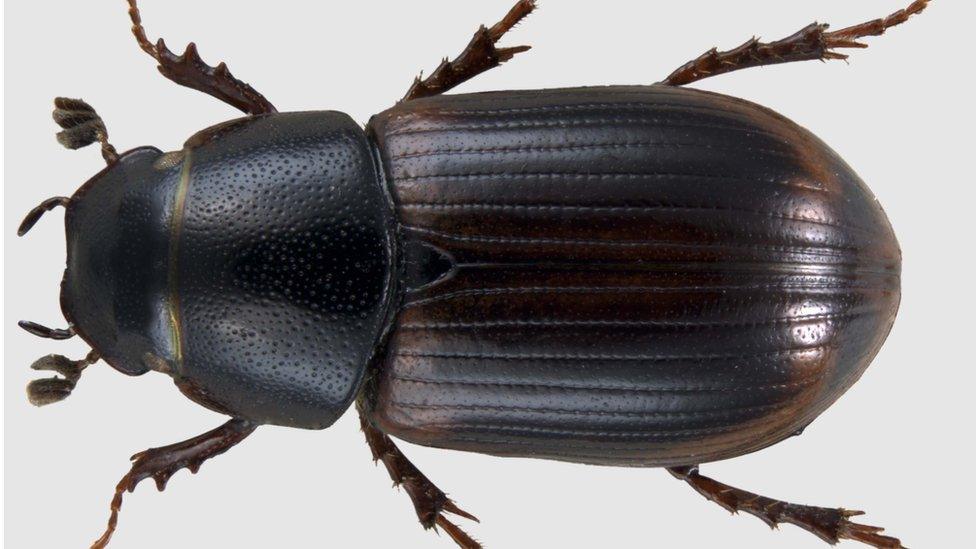
Aphodius fasciatus has just been discovered in the Pentland Hills
Mary Church, Friends of the Earth Scotland head of campaigns, said: "Scotland needs a landscape-scale programme of ecological restoration, repairing peatlands, natural habitats and planting millions of trees, to respond to the interlinked crisis of climate change and biodiversity collapse.
"Obviously reforesting schemes must be sited sensitively with in relation to existing wildlife and ecosystems.
"To tackle the climate emergency, we need systemic changes to our society that will create a healthier, greener country.
"This includes changes to how we travel around, how we heat and power our homes and how we grow food."
She added: "It means rapidly transitioning away from fossil fuels in a way that protects communities and workers currently dependent on these industries."
Latest forestry statistics show 18.7% of Scotland is forested. The Scottish government's target is for 21% cover by 2032.
Andy Wightman, Scottish Green land reform spokesman, said: "Trees suck carbon out of the air and are vital in our attempts to tackle the climate emergency.
"We need to restore Scotland's forests urgently.
"The European average for forest cover is 40%. At this rate it will take Scotland 155 years to catch up.
"It is also vital that we understand what is needed. 60% of new planting is conifers rather than native forest."
- Published25 September 2019
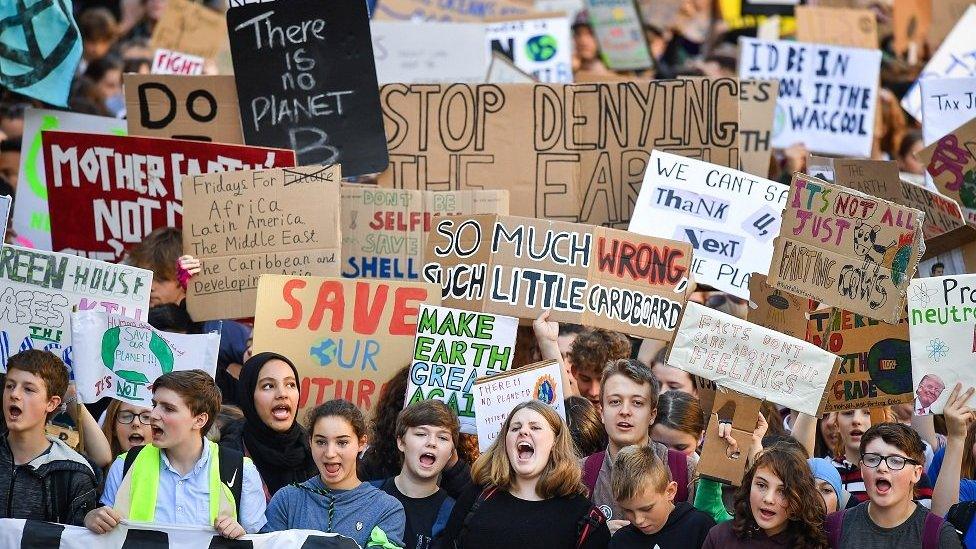
- Published23 September 2019
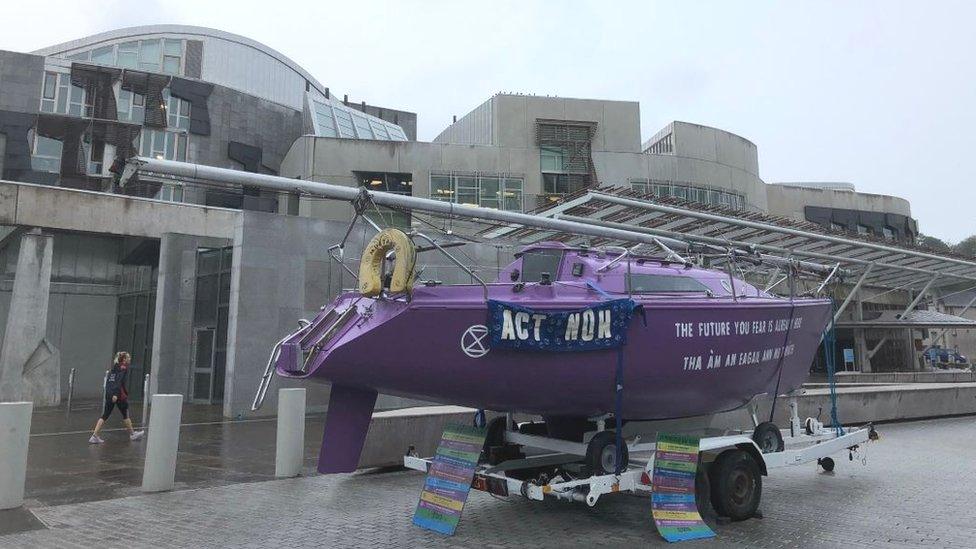
- Published13 June 2019
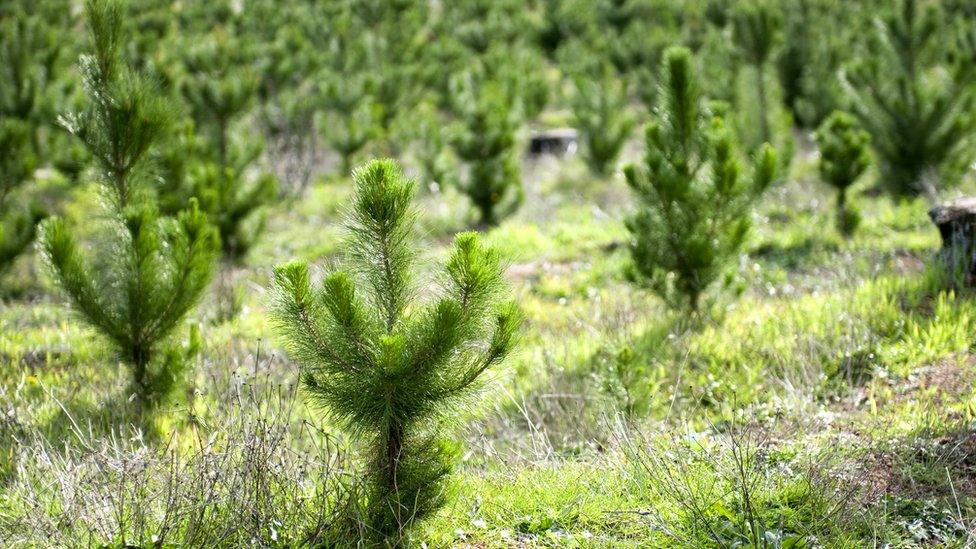
- Published2 May 2019
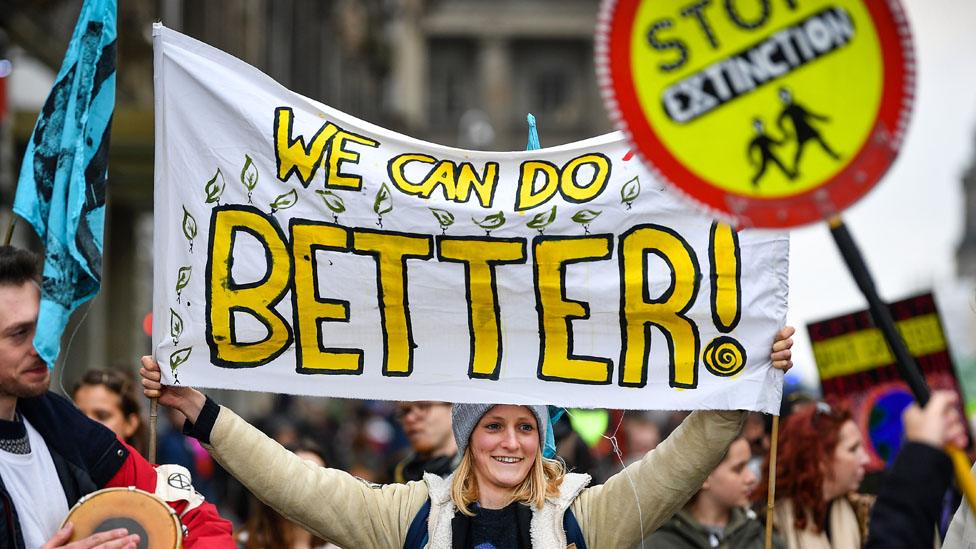
- Published15 February 2017
